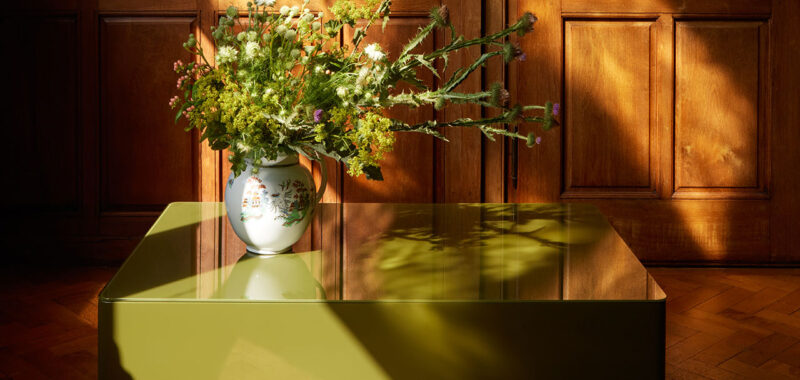Kevin Frankental tried different mediums throughout his life, but he could never fully commit to a particular endeavor until he paid a visit to a friend’s steel workshop. Even though it wasn’t in an ideal location, the space was an oasis for the makers and Frankental, too. From that moment on, he knew what he was meant to do.
Frankental founded Lemon, based in his native South Africa, to offer simple, elegant furnishings that enhance interiors. He is not interested in looking at trendy items when he begins a project, only to produce another version of a piece that already exists. Instead, he delves into the archives searching for art and films he can reference, capturing their essence for Lemon’s unique models.

Kevin Frankental \\\ Photo: Sarah de Pina
Yet Frankental often finds inspiration among his team members, an eclectic group with their own diverse interests, from graphics to photography. “We have always looked to employ designers from different disciplines,” Frankental says. “Working with such a melting pot of talent has definitely shaped my approach to design.”
He is also ever-aware of the pervasive sense of sameness in every arena, and strives to achieve the delicate balance between classic and contemporary. Fascinated by the elusive notion of timelessness, Frankental wants the brand furniture to not only have allure, but also possess an enduring quality that resonates with each generation.
As Frankental refines and perfects his forms, he savors the ability to sit down and concentrate on a task for an extended period of time. “I find this far more valuable than just being in a responsive mode,” he notes. “I think when you learn to work this way you feel a little more fulfilled with what you are doing, and this concept of work-life balance is no longer relevant.”
Today, Kevin Frankental joins us for Friday Five!
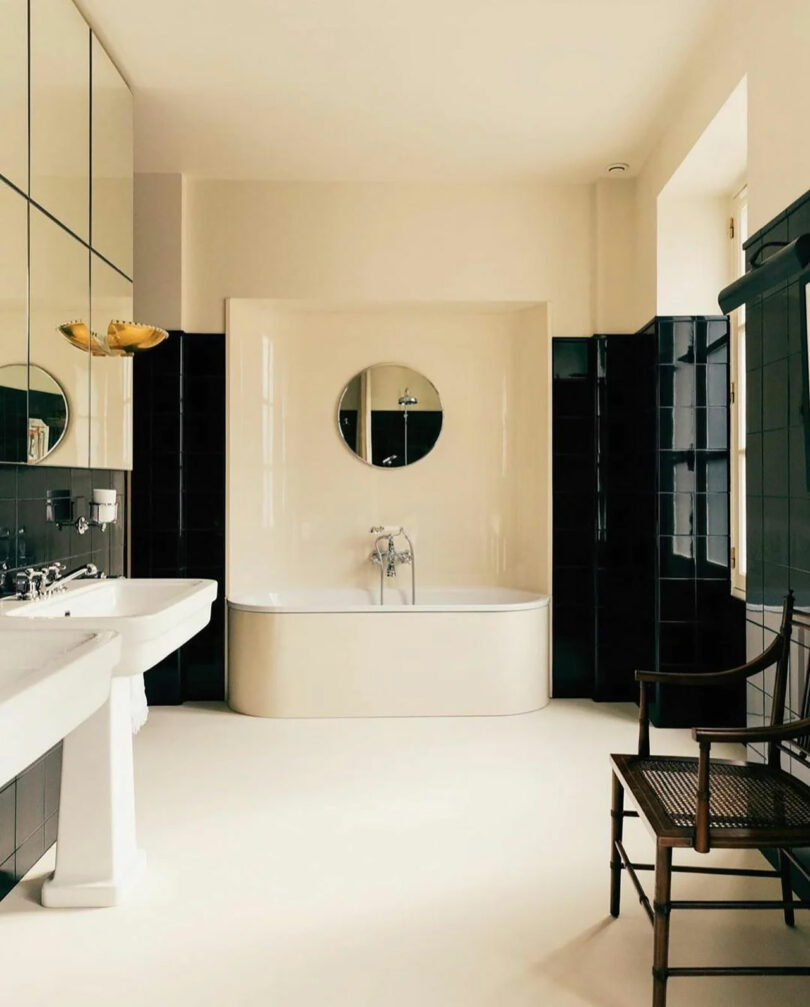
Photo: Cerruti and Draime
Fabrizio’s work is deeply layered and crosses over many design eras. His work always feels luxurious but not overly precious. A place you would want to live rather than admire from afar.

Photo: Courtesy Somerset House
A collectible design store I find myself returning to. There is a warmth in all they do and for me it feels modernized and not particularly caught in a specific moment.
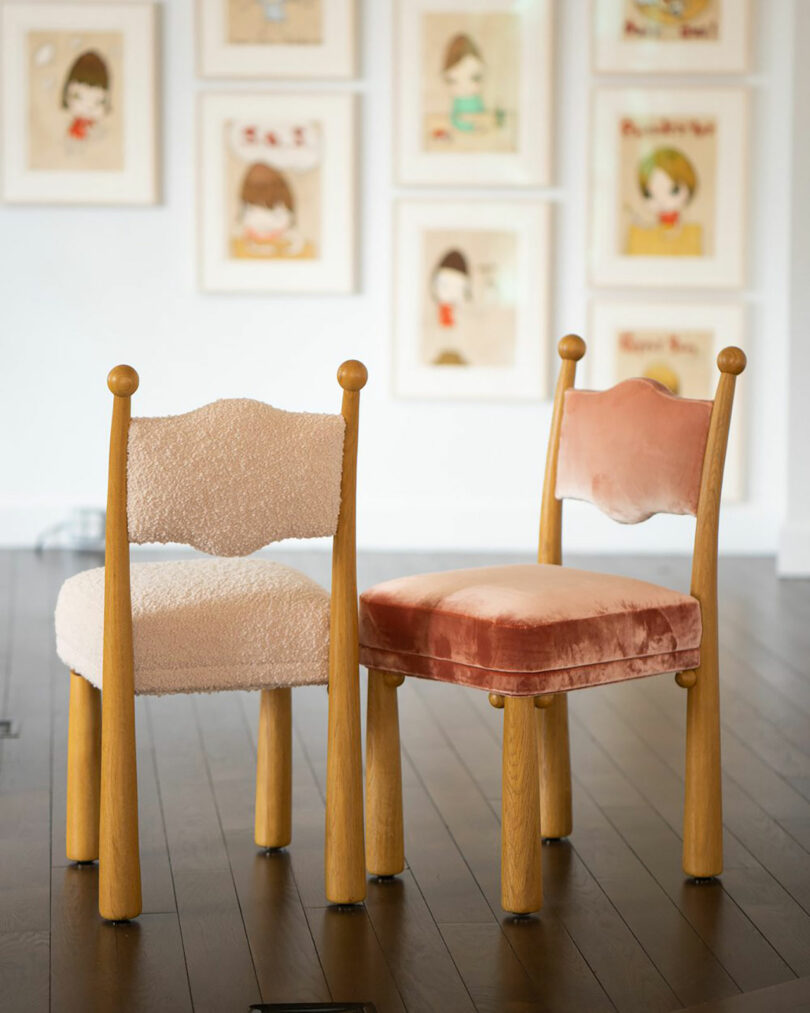
Photo: The Invisible Collection
Brilliant designer in concept, design, and materiality.
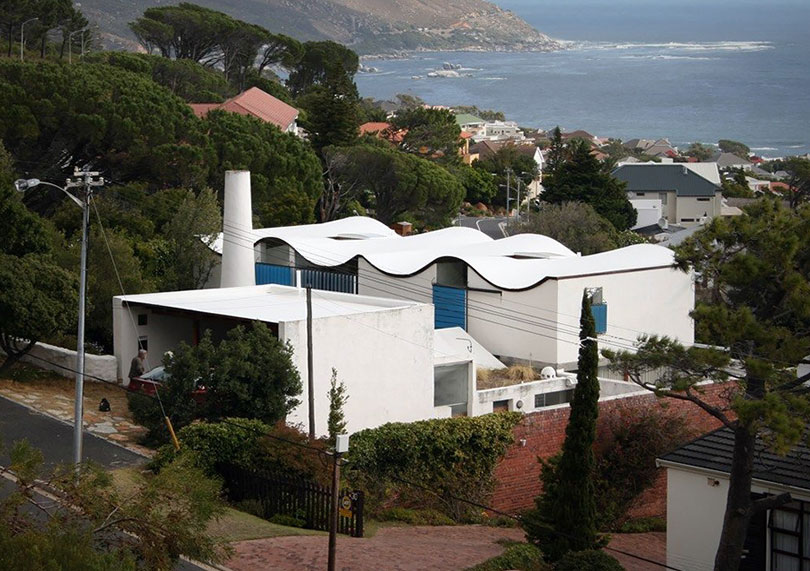
Photo: Courtesy of OfHouses
4. Die Es House by Gwen and Gawie Fagan in Cape Town
A house I look at constantly – Die Es. Not only because of the architecture and genius behind it, but the story. The Fagan’s built Die Es in Cape Town with their kids and they had very little money at the time. They wanted their children to feel part of the creation of something very special. Every detail was considered and created by the family. They lived in the house from 1965. Sadly, Gawie passed away in 2020. Gwen still lives in the house.
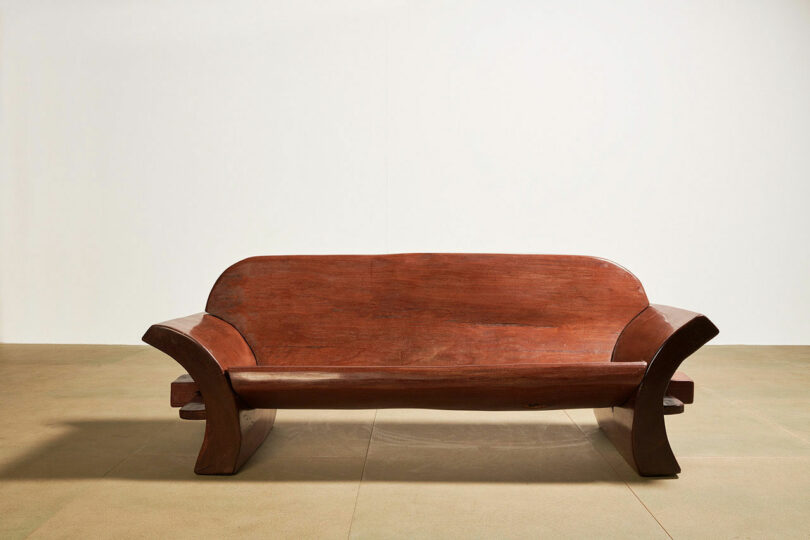
Photo: Courtesy of François Laffanour – Galerie Downtown
I was recently introduced to the work of Jose Zanine Caldas. His large wooden pieces are crafted from a single tree trunk, and you can see that every detail has been made by hand. There is such beauty in the imperfections.
Works by Lemon:
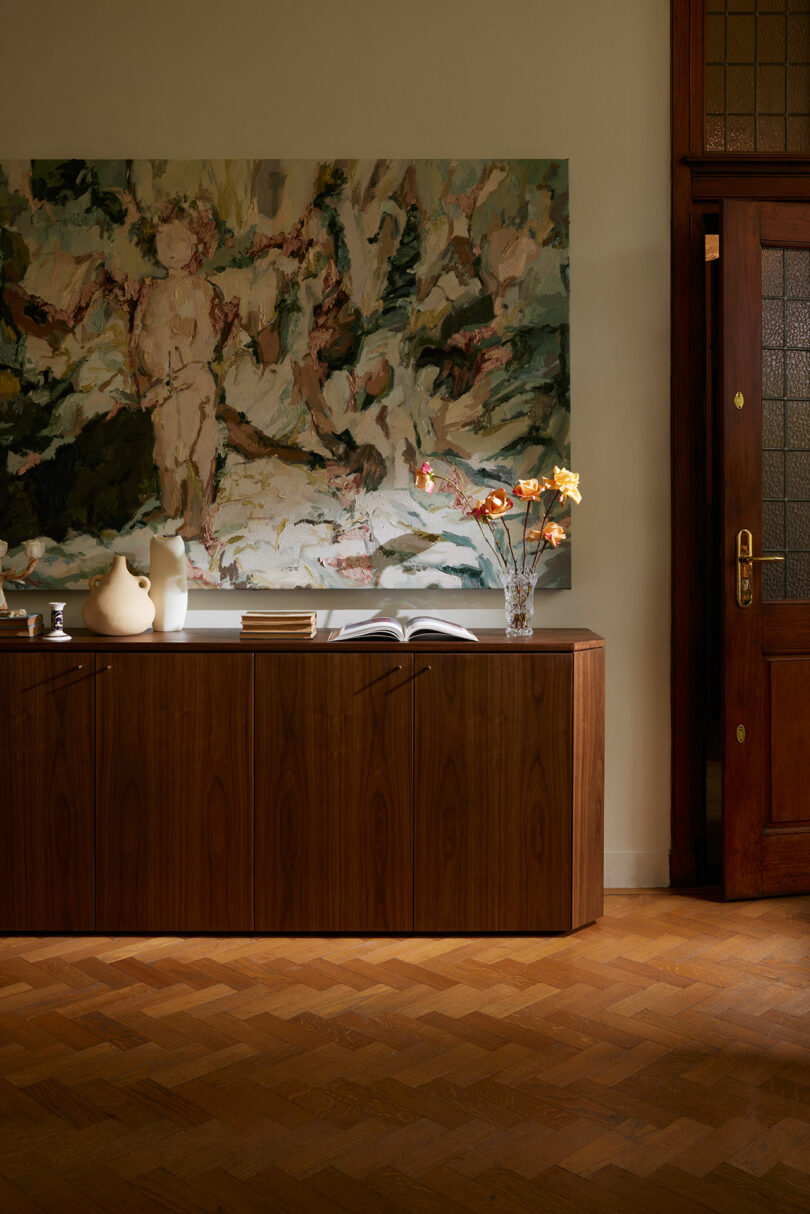
Winston Server
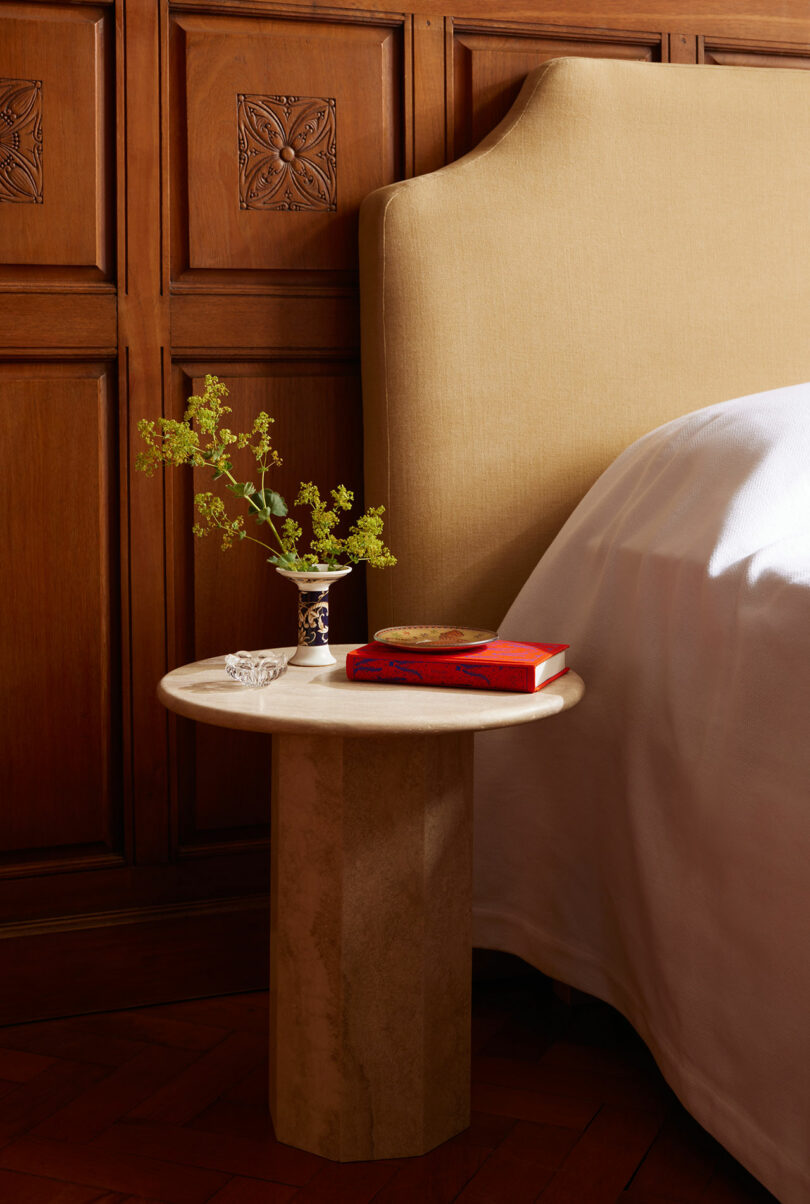
Ashby Side Table
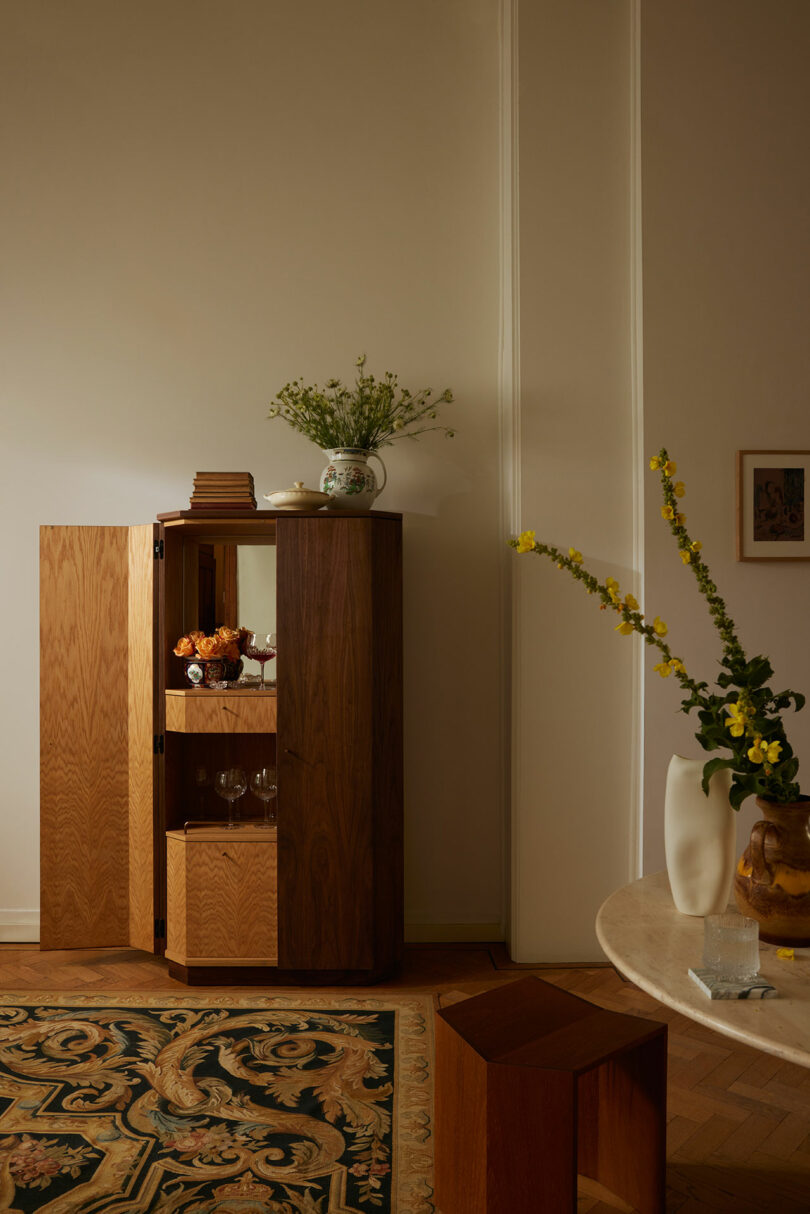
Winston Drinks Cabinet
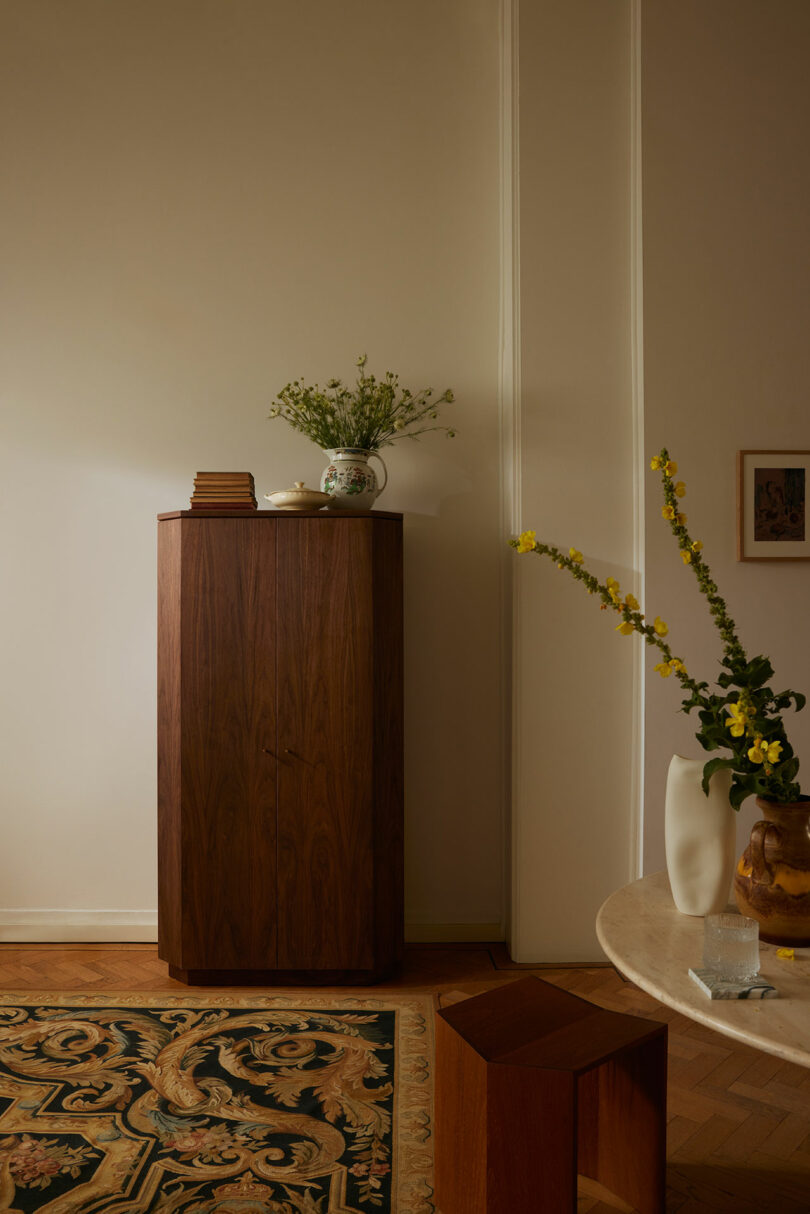
Winston Drinks Cabinet

